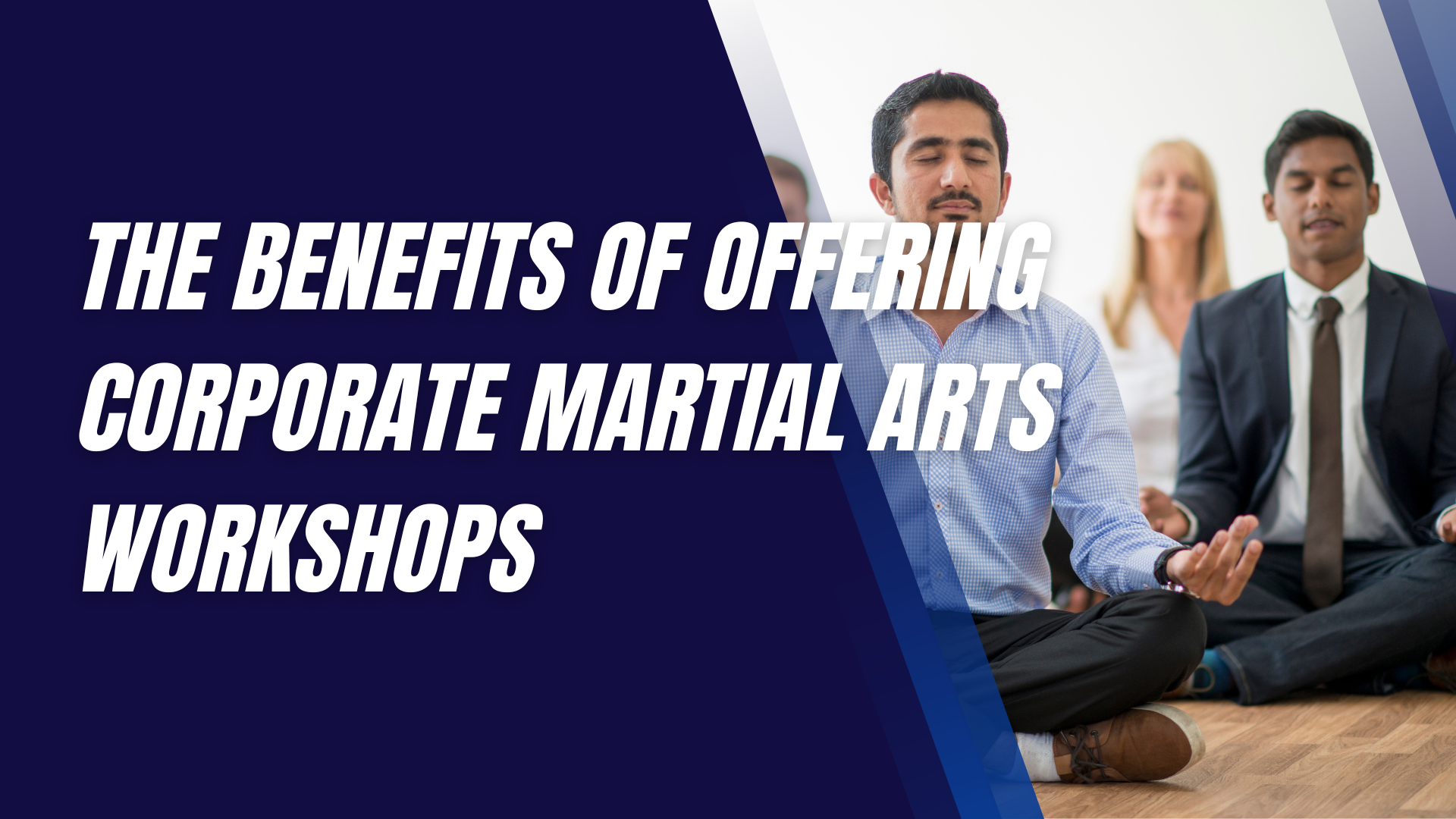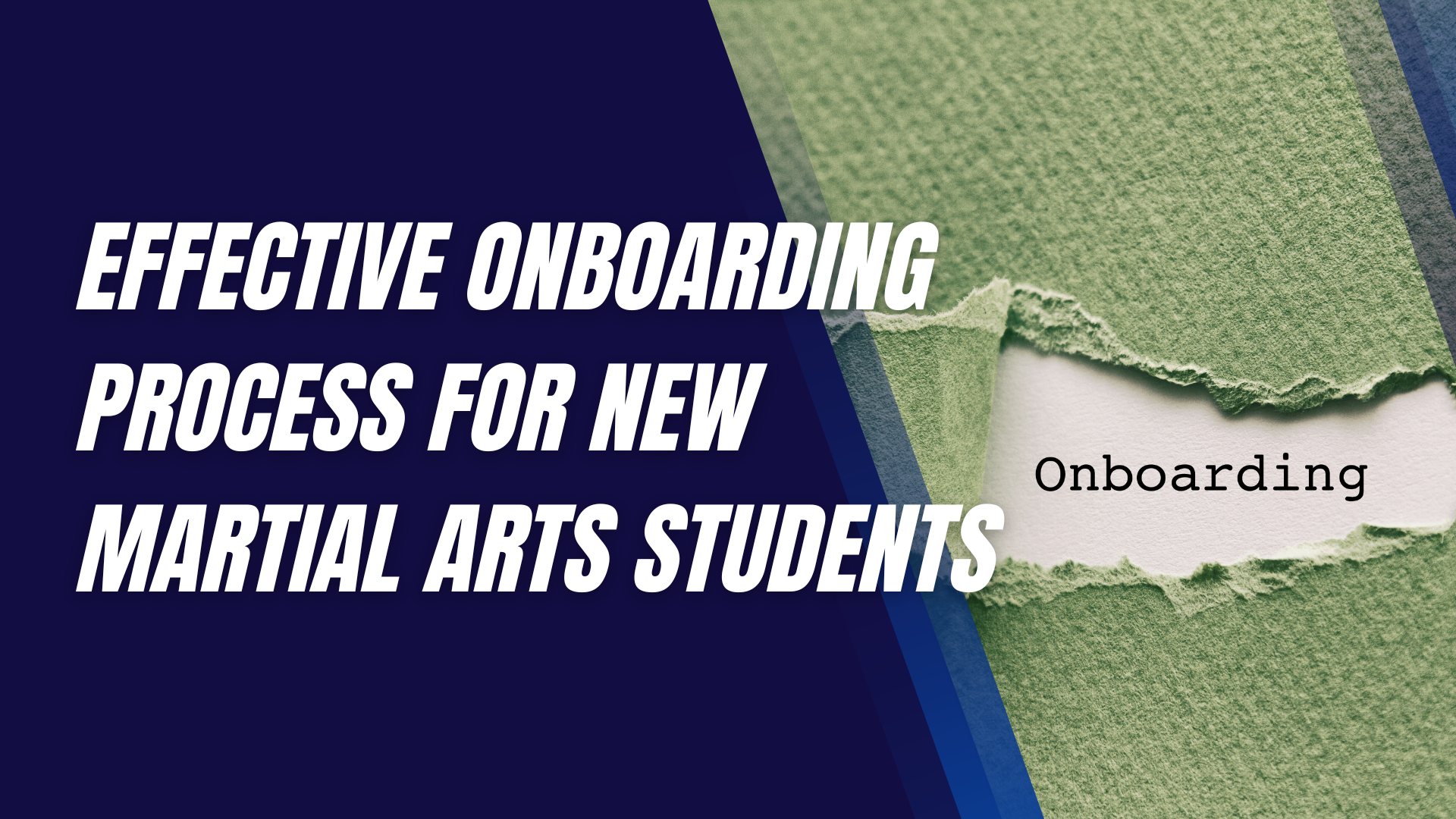The Importance of Reflex Training in Combat Sports
Combat sports demand not just physical strength and technical skill but also razor-sharp reflexes.
Whether you're dodging a punch, countering an attack, or initiating a strike, the speed and precision of your reflexes can determine the outcome of a fight. Reflex training, therefore, plays a crucial role in enhancing a fighter’s overall performance. In this article, we'll delve deep into why reflex training is vital in combat sports and how it can give you that competitive edge.
Understanding Reflexes
What Are Reflexes?
Reflexes are automatic, involuntary responses to stimuli. When your body perceives a threat, such as an incoming punch, it instinctively reacts to protect itself. These responses are often so fast that they occur without conscious thought.
Types of Reflexes: Involuntary vs. Voluntary
Involuntary reflexes, such as the knee-jerk reaction, happen without any conscious effort. In combat sports, voluntary reflexes are also essential, where trained responses are developed through repeated practice, allowing fighters to react swiftly and effectively during a match.
How Reflexes Are Developed
Reflexes develop through repetitive training and experience. The more you expose your body to specific stimuli, the faster and more efficient your responses become. This process is known as conditioning and is a cornerstone of effective reflex training in combat sports.
The Role of Reflexes in Combat Sports
Quick Decision-Making in the Ring
In combat sports, decisions often need to be made in fractions of a second. Reflexes allow fighters to make quick, instinctive decisions, such as choosing when to block, dodge, or strike, without the delay of conscious thought.
Enhancing Defensive Abilities
A fighter with sharp reflexes can better anticipate and evade an opponent’s attacks. This defensive prowess not only minimizes damage but also opens up opportunities to counterattack effectively.
Improving Offensive Techniques
Reflexes aren’t just for defense. They’re equally crucial in offense, allowing fighters to exploit openings in their opponent's defense, strike quickly, and capitalize on their opponent’s mistakes.
Reflexes and Reaction Time
Reaction time is the period between recognizing a stimulus and responding to it. Faster reaction times can be the difference between landing a hit and missing or avoiding a strike and getting knocked out. Reflex training is key to reducing reaction time, making a fighter more responsive and unpredictable in the ring.
Benefits of Reflex Training in Combat Sports
Increased Speed and Agility
Reflex training enhances both speed and agility, crucial attributes for any combat athlete. It allows fighters to move quickly and change direction with ease, making them more elusive and harder to hit.
Enhanced Coordination and Balance
Coordination and balance are often overlooked but are vital in combat sports. Reflex training improves these areas, helping fighters maintain their stance and deliver more precise strikes, even under pressure.
Better Anticipation of Opponent’s Moves
Training your reflexes hones your ability to anticipate and predict your opponent’s next move. This foresight can provide a strategic advantage, enabling you to outmaneuver your opponent effectively.
Reduction in Reaction Time
As mentioned earlier, quicker reflexes lead to faster reaction times. This reduction in delay allows fighters to respond almost instantaneously to their opponent’s actions, keeping them one step ahead in the fight.
Injury Prevention
Reflex training can also help in injury prevention. Quick reflexes enable fighters to dodge strikes and avoid dangerous situations that could lead to injury, prolonging their career in combat sports.
Types of Reflex Training Exercises
Focus Mitt Drills
Focus mitt drills are a staple in reflex training. They simulate real fight conditions, allowing fighters to practice quick responses, accurate strikes, and defensive maneuvers against a moving target.
Speed Ball Workouts
The speed ball is excellent for improving hand-eye coordination and timing. The rapid movement of the ball forces fighters to stay alert and react swiftly, sharpening their reflexes.
Sparring with a Partner
Sparring is one of the best ways to train reflexes in a realistic setting. It simulates the unpredictability of a real fight, requiring quick reactions to a live opponent’s moves.
Shadow Boxing
Shadow boxing, especially when done at high intensity, helps improve reflexes by allowing fighters to visualize and react to imaginary opponents. It’s also a great way to practice and refine defensive and offensive techniques.
Reflex Balls and Reaction Lights
Modern reflex training often incorporates gadgets like reflex balls and reaction lights, which can provide varied and unpredictable stimuli. These tools help develop a fighter’s ability to react to different types of movements and scenarios.
Incorporating Reflex Training into Your Routine
Daily Warm-Ups
Start your training sessions with reflex-based warm-ups. Simple exercises like quick footwork drills or reaction ball throws can prime your reflexes for the more intense training that follows.
Integrating Reflex Training with Strength and Conditioning
Balance reflex training with strength and conditioning workouts. This integration ensures that you not only react quickly but also have the power and endurance to back up your reflexive actions.
Using Technology and Gadgets
Incorporating technology, such as reaction lights or VR simulations, can add variety to your reflex training routine. These tools challenge your reflexes in new ways, preventing your training from becoming stagnant.
Balancing Reflex Training with Skill Development
While reflex training is important, it should complement, not replace, technical skill development. Ensure that your training routine allows for both, giving you a well-rounded combat skillset.
Mental Aspect of Reflex Training
The Mind-Body Connection
Reflex training isn’t just physical; it’s also mental. The connection between the mind and body is crucial, as a calm, focused mind enhances your ability to react swiftly and accurately.
Visualization Techniques
Visualization is a powerful tool in reflex training. By mentally rehearsing scenarios, you can condition your mind to respond quicker in real-life situations, improving your reflexive responses.
Staying Calm Under Pressure
Staying calm under pressure is essential for effective reflexes. Techniques such as deep breathing and mindfulness can help you maintain composure during a fight, allowing your reflexes to function optimally.
Cognitive Drills for Reflex Enhancement
Cognitive drills that challenge your brain's processing speed and decision-making abilities can significantly enhance your reflexes. These drills sharpen your mental reflexes, making your physical responses quicker.
Case Studies: Reflex Training Success Stories
Famous Fighters Who Excelled with Reflex Training
Many legendary fighters attribute their success to rigorous reflex training. For instance, Muhammad Ali was renowned for his lightning-fast reflexes, which were a product of his dedicated training regimen.
How Reflex Training Transformed Their Performance
These fighters were able to outmaneuver and outthink their opponents, thanks in large part to their superior reflexes. Their stories underscore the importance of reflex training in achieving combat sports greatness.
Lessons Learned from Their Training Regimens
The training regimens of these fighters offer valuable lessons, such as the importance of consistency, the use of varied drills, and the need to balance reflex training with other aspects of combat sports.
Common Mistakes in Reflex Training
Overtraining and Burnout
One of the biggest mistakes fighters make is overtraining, which can lead to burnout and injury. It’s crucial to balance intense reflex training with adequate rest and recovery.
Neglecting Fundamental Skills
Another common mistake is focusing too much on reflexes at the expense of fundamental skills like technique and strategy. Reflex training should enhance these skills, not replace them.
Focusing Too Much on Speed Over Accuracy
While speed is important, accuracy is just as crucial. Reflex training should not just aim to make you faster but also more precise in your movements.
Ignoring the Mental Component
Neglecting the mental aspect of reflex training can limit its effectiveness. Incorporating cognitive drills and mental conditioning is essential for holistic reflex development.
Advanced Reflex Training Techniques
Incorporating AI and VR for Reflex Training
Advanced technologies like AI and VR are revolutionizing reflex training, providing fighters with dynamic, interactive environments to hone their reflexes.
Multi-Sensory Reflex Training
Incorporating multiple senses into your reflex training can create more realistic and challenging scenarios, further enhancing your ability to react quickly in different situations.
Reflex Training for Specific Combat Scenarios
Tailoring reflex training to specific combat scenarios, such as countering specific attacks or defending against certain styles, can make your reflexes even more effective during actual fights.
The Science Behind Reflex Training
Neurological Basis of Reflexes
Reflexes are rooted in the nervous system, involving rapid communication between the brain and muscles. Reflex training enhances these neural pathways, making them more efficient.
How Reflex Training Alters Brain Function
Regular reflex training can lead to neuroplasticity, where the brain reorganizes itself to improve efficiency in processing and responding to stimuli. This adaptation is key to faster and more effective reflexes.
The Role of Muscle Memory
Muscle memory plays a significant role in reflex training. Through repetition, movements become second nature, allowing for quicker and more automatic responses during combat.
Reflex Training Across Different Combat Sports
Boxing
In boxing, reflexes are crucial for dodging punches and landing counters. Reflex training in boxing often focuses on head movement, footwork, and quick jabs.
MMA (Mixed Martial Arts)
MMA fighters need versatile reflexes due to the sport's diverse techniques. Reflex training here involves a mix of striking, grappling, and defensive maneuvers.
Kickboxing
Kickboxers benefit from reflex training that enhances both upper and lower body reactions, crucial for defending against and delivering kicks and punches.
Muay Thai
Muay Thai, with its emphasis on strikes using fists, elbows, knees, and shins, requires reflex training that sharpens response times across all these weapons.
Brazilian Jiu-Jitsu (BJJ)
In BJJ, reflexes are essential for transitioning between positions and applying submissions. Reflex training focuses on quick adjustments and defensive counters.
The Future of Reflex Training in Combat Sports
Innovations in Reflex Training Tools
The future of reflex training looks promising with innovations in tools and technologies that provide more precise and varied stimuli, enhancing training effectiveness.
The Impact of Wearable Tech
Wearable technology is making it easier to track progress and tailor reflex training to individual needs, ensuring that fighters get the most out of their training sessions.
Evolving Training Methodologies
As our understanding of reflexes and how they can be trained continues to evolve, so too will the methodologies, leading to more effective and efficient training programs.
Tips for Beginners in Reflex Training
Starting Slow and Building Up
For beginners, it’s important to start slow and gradually increase the intensity of reflex training. This approach helps prevent injury and allows your body to adapt.
Choosing the Right Equipment
Investing in the right equipment, such as focus mitts or reflex balls, is crucial for effective training. Quality equipment can make a significant difference in your training outcomes.
Setting Realistic Goals
Set achievable goals for your reflex training, focusing on gradual improvement rather than immediate perfection. This mindset will keep you motivated and on track.
Tracking Progress Over Time
Keep track of your progress to see how your reflexes are improving. Regular assessments can help you adjust your training routine to better meet your goals.
Final Thoughts
Reflex training is an indispensable part of any combat sports athlete’s training regimen. By enhancing speed, agility, and decision-making, it gives fighters a crucial edge in the ring. Whether you’re just starting out or are a seasoned fighter, incorporating reflex training into your routine can significantly improve your performance. Remember, it’s not just about reacting faster—it’s about reacting smarter.
Interested in trying a martial arts class? Find an affiliated academy anywhere in the country by clicking here.
Have your own martial arts program? Get to know more about what we have to offer at Ground Standard Agency for helping martial arts businesses grow.
Email us at info@groundstandard.com, or call and text us at (732) 907-8920 today to learn how to start growing your own academy, school, dojo, or gym with us as well.
Share this article












